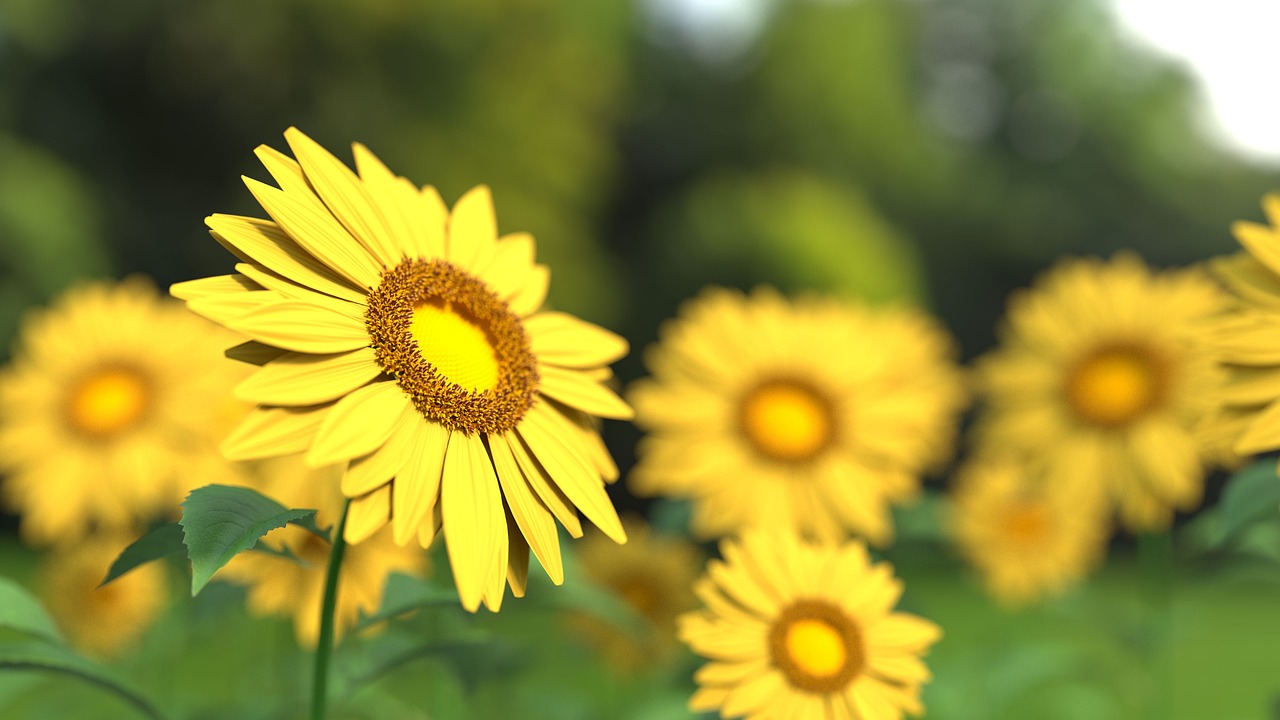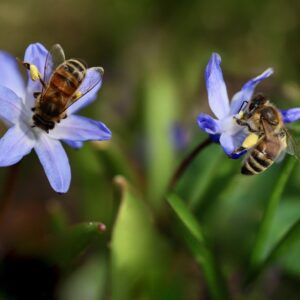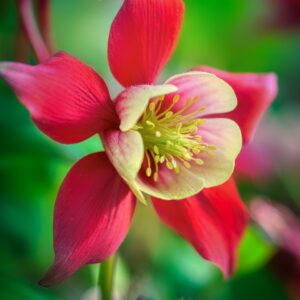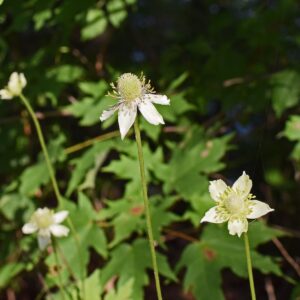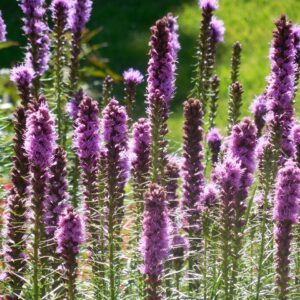Early Sunflower (Helianthus annuus), often referred to in the context of its varieties or cultivars, is a type of sunflower known for its early blooming characteristics. While Helianthus annuus is the common sunflower species, various cultivars have been developed to bloom earlier than traditional sunflowers. Early sunflowers are a great addition to any garden, offering vibrant color and easy care while supporting local wildlife. Their adaptability and cheerful blooms make them a popular choice for gardeners looking to brighten their outdoor spaces.
Appearance:
Height: Early sunflower varieties typically range from 2 to 4 feet tall, though some dwarf cultivars can be shorter.
Leaves: Broad, rough-textured leaves with a heart-shaped or ovate shape. They are typically green and can be somewhat hairy or smooth.
Flowers: Characterized by bright, vibrant yellow petals with a central disc that is usually dark brown or green. The flower heads are smaller compared to traditional tall sunflowers, often ranging from 2 to 6 inches in diameter.
Stems: Erect and sturdy, supporting the flower head.
Habitat:
Range: Native to North America, early sunflowers are adaptable to a range of climates but are especially suited to temperate regions.
Soil: Prefers well-drained soil rich in organic matter. Sunflowers are not very picky about soil type but do best in loamy or sandy soils with good drainage.
Climate: Thrives in full sun and warm temperatures. Early sunflowers are bred to bloom earlier in the growing season, allowing them to perform well in a range of climates, including cooler regions with shorter growing seasons.
Uses:
Landscaping: Ideal for garden beds, borders, and container gardening. Their bright flowers add a cheerful and vibrant touch to gardens.
Cut Flowers: Often used in floral arrangements due to their striking appearance and relatively long vase life.
Pollinators: Attracts bees, butterflies, and other pollinators. The seeds are also a food source for birds.
Seeds: The seeds can be harvested and consumed as a snack, added to salads, or used in baking. They are also used for extracting sunflower oil.
Sprouts: Sunflower sprouts are edible and nutritious, often used in salads and sandwiches.
Cultivation Tips:
Planting: Sow seeds directly into the garden after the last frost, or start indoors and transplant after the risk of frost has passed. Space plants about 12 to 18 inches apart to allow for their growth.
Sunlight: Require full sun for best growth and blooming. Aim for at least 6 to 8 hours of direct sunlight daily.
Watering: Keep the soil consistently moist but not waterlogged. Sunflowers are relatively drought-tolerant once established but perform best with regular watering.
Fertilization: A balanced, all-purpose fertilizer can be applied at planting time or during the growing season to support robust growth and blooming.
Maintenance: Generally low-maintenance. Remove spent flowers to promote continuous blooming and check for pests such as aphids or beetles.
Considerations:
Pests and Diseases: Sunflowers can be susceptible to pests such as sunflower beetles and aphids, as well as diseases like powdery mildew. Regular monitoring and proper garden hygiene can help manage these issues.
Season Length: Early sunflowers are bred to mature quickly, making them suitable for regions with shorter growing seasons or for gardeners looking for a quicker bloom.

